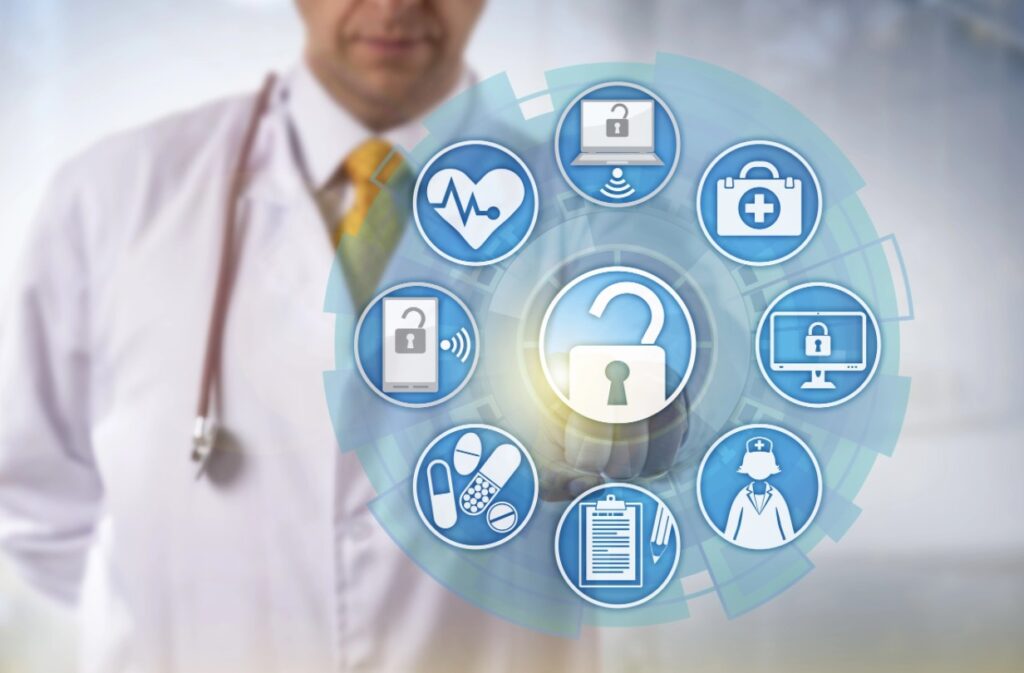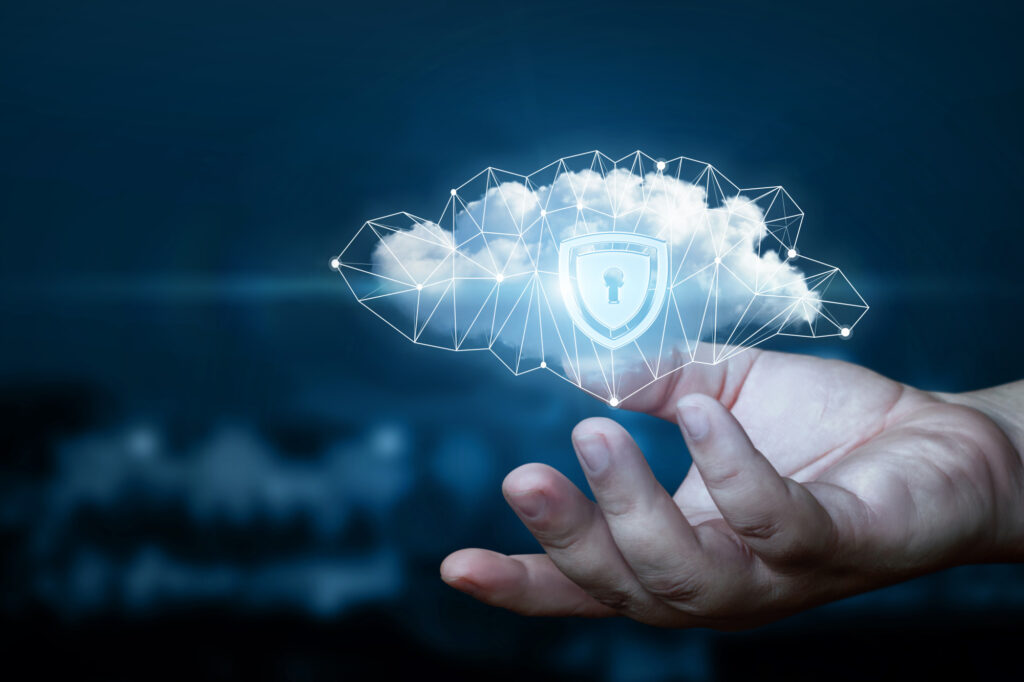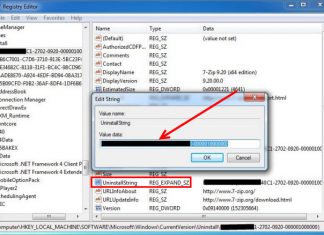Internet of Things (IoT) healthcare refers to a myriad of procedures designed to advance the ecosystem of the healthcare industry, medical practices, and service providers. Healthcare IoT enables healthcare professionals to be more watchful and connect with the patients proactively.
IoT devices are used to track real time location of medical equipment such as oxygen pumps, nebulizers, defibrillators, wheelchairs, monitoring devices, and others. IoT healthcare devices automatically collect health metrics such as blood pressure, heart rate, temperature, and more from patients who are not physically present in a healthcare facility, eliminating the need for patients to travel to the providers.
IoT is an embedded technology through which data can be collected and exchanged. “According to the World Health Organization (WHO), around 1.6 million deaths in 2015 were directly caused by diabetes and will increase by more than 50% before the age of 70 years by 2030.
Moreover, according to the Centers of Disease Control and Prevention, 2017, in every 1 in 13 people is suffering from asthma and approximately 25 million Americans is suffering from asthma. The data represent the increasing prevalence of chronic diseases and growing demand for better disease management and cost-effective treatment, which is expected to accelerate the growth of the IoT healthcare market.” Find more insights (at) https://www.coherentmarketinsights.com/
Internet of Things (IoT) healthcare refers to the integration of IoT technologies and practices in the field of healthcare. Applications of IoT in healthcare range from enhanced patient care and environmental controls to connected devices and cloud-based medical device applications. The impact of IoT in health care transforms the healthcare experience from being manual to digital, enhancing patient care and improving quality of medical service.

By combining both technology and human creativity, IoT is paving the way for continuous improvement in the healthcare sector. IoT can be implemented to improve and automate various existing systems in the healthcare sector. IoT devices increase patient comfort and convenience, enabling better patient satisfaction and faster recovery times. IoT-enabled healthcare devices, such as wearables allow physicians to monitor patients with greater precision and provide better-informed treatment.
The internet of things may include any or all of the following: digital health monitors, Electronic medical record systems, Mobile application platforms, medical telematics systems, electronic patient education and evaluation systems. The advantages of using IoT technology are wide-ranging, ranging from reducing costs and eliminating administrative errors to improving quality of care. However, the systems must be properly implemented by using the right software and devices.
Internet of Things (IoT) healthcare or Healthcare IOT solutions are designed to monitor and manage the functions of electronic health records (EHR), remotely. These systems have the potential to transform the way medical practices are conducted. As the healthcare community is implementing these new solutions, there are challenges associated with the implementation of these new systems.
The systems are expensive, require advanced knowledge on the inner workings of medical devices and computers, and must be carefully monitored. The following report offers some useful suggestions on how to effectively deal with the requirements and pitfalls of IOT solutions in healthcare. The first challenge facing healthcare organizations adopting IOT solutions is the creation of patient portals.

These portals allow doctors and other authorized personnel to access patient information without necessarily being physically present. As a result, doctors are able to perform operations like cardiac defibrillations and electrocardiograms while away from the front office. The creation of the patient portals also allows patients to share detailed information about their health with other healthcare practitioners.
Another challenge facing IOT solutions in healthcare is how to make sure that the information provided is secure. Some of the biggest players in the healthcare industry including hospitals, software companies, and pharmaceutical companies are building a cloud-based network that will store patient medical data. This cloud will be made up of multiple devices such as smartphones, laptops and tablets.
To ensure the highest level of security, healthcare entities need to have solid authentication systems such as digital certificates and multi factor authentication. Moreover, cloud computing in healthcare has the potential to create massive improvements in administrative processes, but the cloud infrastructure is still relatively in its infancy.
In order for cloud networks to work they need to be tightly coupled with application and device management systems. In a sense, these systems already exist, but they are not utilized to their fullest extent. In order to take full advantage of the benefits of cloud networks and IOT devices, a number of factors must be taken into consideration when establishing a private cloud.

The integration of Cloud and IoT offers a novel approach for designing coherent and structured healthcare monitoring systems. The application of a Cloud with IoT, known as Cloud-IoT, in hospitals can allow e-storage of all patient’s records including images, documents, and videos. The rise of digital health has prompted the movement of Internet of medical Things. Many of these organizations today are increasingly adopting cloud-based services-devices and applications in conjunction with their traditional hardware and software.
In fact, many are leveraging the IOT devices and appliances as part of their overall medical system. Once this decision has been made, one can then choose from a number of different options to create the cloud platform. Depending on the organization’s needs and business model, the options can be simplified by providers. In terms of healthcare, Cloud-IoT is defined as the interplay between bedside monitors, implanted medical devices, fitness trackers, and other objects that receive or signal containing data that must be stored or accessed somewhere else.
Although there are several different applications of Internet of Things (IoT) healthcare, one that is garnering more attention is the possibility of allowing patients to do certain medical things on their own. Medical devices allow patients to schedule appointments, manage their medication, and much more through interactive web-based software. The only thing holding this off is making sure that the software interface is easy enough for the patients to use and understand.
Another application that lets patients treat themselves is the possibility of self-diagnosis; sensors can be integrated into digital devices to monitor conditions like heart rate, oxygen levels, and other conditions that may indicate an ailment. Digital health makes health information more accessible, promotes healthy behaviors, health literacy, and provides access to support networks.

There are several technology trends that can contribute to digital transformation in healthcare, such as telehealth and telemedicine, mobile health (mHealth), health information technology (health IT), internet of things (IoT), wearable devices, artificial intelligence (AI), personalized medicine, big data, virtual reality, alexa, etc.
IoT provides continuous communication with the physician to track accurate patient data which is helpful for the execution of various medical conditions, such as diabetic and asthma patients. Moreover, IoT simplifies the experience in terms of cost and time saving.



















